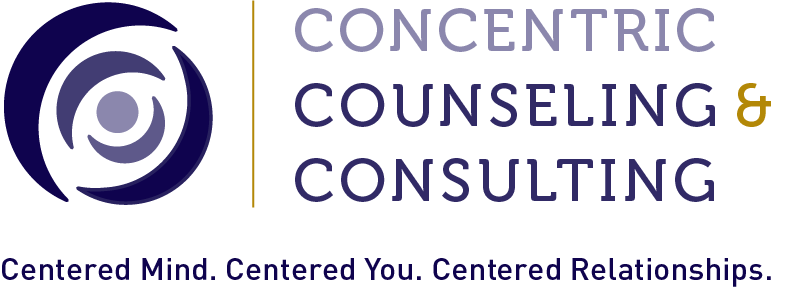How to Open a Door When Coronavirus is Closing our Doors
/By Concentric Owner Jennifer Larson, LCPC, NCC
Originally posted in The Sounds newspaper, Volume 43, Number 15 on April 4, 2020 and later in published in the Illinois Mental Health Counselors Association (IMHCA), a division of Illinois Counseling Association (ICA), News Update. Click here.
You know the saying “When One Door Closes, Another Door Opens”? During this time, we can’t help to notice closed doors everywhere, from schools to restaurants to places of worship to retailers. Even our home doors are closed, keeping others away and containing us inside. It may seem overly optimistic to think this quote holds true during this extraordinary and challenging time with COVID-19 knocking on everyone’s door. Alarm bells are sounded within us daily, the threats are real and experienced by so many, and some of us feel our life has been hijacked. So how can we during this time envision doors opening up or experience something positive from all of this?
SUITE DOOR TO SAUGANASH OFFICE
I am by no means suggesting doors are flying wide-open given the sheer number of doors that are literally closed and even locked. But, if you can take a moment to pause, focus and be intentional, you may find that you can open doors to otherwise missed opportunities.
Psychotherapist and author Esther Perel states when faced with our own existential anxieties it can open the door to fully living. Some of us may have been living life on auto-pilot depriving ourselves of certain reflections, experiences or opportunities. So, what does living fully exactly mean?
It can mean a lot of things, but to start, it can mean experiencing each moment and each day in the here-and-now noticing and appreciating all of life’s offerings. Perhaps you had been more disconnected from yourself, no longer appreciating your talents, thoughts, feelings and your body’s capabilities -- which you can now fully appreciate. Or taking a moment to get out of your head to be fully present and connected with another person can offer you an opportunity to be transported, experiencing life through a different lens other than your own. Also, fully activating your senses can bring about a subtle, yet powerful sense of fully living. Consider next time you take a walk outside, notice all of your surroundings paying attention to each of your senses. Notice your positive feelings as you attune to your senses.
Shawn Achor, an educator, researcher, and author, offers a number of research-based ways to live a happier life. One of them is to take a few minutes each day to write down 1 positive experience within the last 24 hours and provide 3 rich details about that experience. Also, write down your gratitudes, giving specific details. And reach out to someone to fully express why you appreciate them. We know giving to others not only makes us feel better, but helps the person on the receiving end feel happier too.
And last, what is something you can look forward to when the shelter-at-home Executive Order is lifted and you can bust out the sheltered seams? Will it be something specific such as dining at your favorite restaurant? A ritual or practice you will reacquaint with again? For me, it will be telling myself “I get to go here or I get do this” which represents a door opening into seeing how choice and freedom are true gifts.


